Treating cedar fence posts to prevent rot
janedibber
16 years ago
Featured Answer
Sort by:Oldest
Comments (14)
dooer
16 years agojanedibber
16 years agoRelated Professionals
Inwood Decks, Patios & Outdoor Enclosures · Prichard Decks, Patios & Outdoor Enclosures · Accokeek Home Builders · Accokeek Home Builders · Angleton Home Builders · Duarte Home Builders · American Fork Flooring Contractors · Fargo Flooring Contractors · Mesa Flooring Contractors · Mount Vernon Flooring Contractors · Oswego Flooring Contractors · West Chester Flooring Contractors · South Plainfield Siding & Exteriors · Wheeling Siding & Exteriors · Yorkville Siding & Exteriorstom_nwnj
16 years agodeckman22
16 years agodooer
16 years agodbogart
16 years agofnmroberts
16 years agodooer
16 years agohowardo
15 years agodooda_recker_ntwt_com
13 years agovallejocali7074_gmail_com
12 years agoyourfencpro
9 years agoemma
9 years ago
Related Stories

GARDENING AND LANDSCAPING8 Rot-Resistant Woods for Your Outdoor Projects
No need for chemical treatments on your deck or pergola. These woods stand up to weather, insects and time beautifully on their own
Full Story
DECORATING GUIDESTreat Yourself to Spring Blooms in Winter
Get a jump on spring with a fragrant pot of paperwhites and other bulbs indoors
Full Story
FENCES AND GATESHow to Install a Wood Fence
Gain privacy and separate areas with one of the most economical fencing choices: stained, painted or untreated wood
Full Story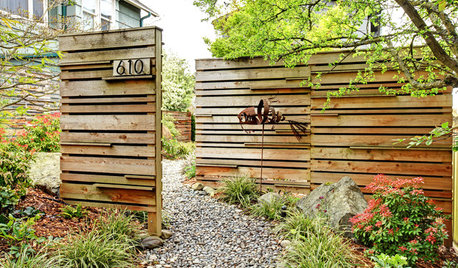
FENCES AND GATESHow to Choose the Right Fence
Get the privacy, security and animal safeguards you need with this guide to fencing options
Full Story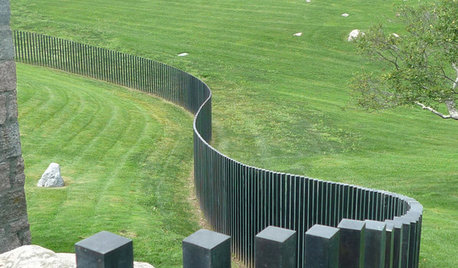
LANDSCAPE DESIGNGood Fences, Good Neighbors — and Good Views
See-through vertical fencing connects a yard with its surroundings while keeping children and pets safely inside
Full Story
MATERIALSShould You Use Composite Timber in Your Landscape?
This low-maintenance alternative to wood is made from varying amounts of recycled plastic. Consider it for decks, fences and more
Full Story
LIFEHow to Get Along With the Neighbors — and Live Happier at Home
Everyone wins when neighbors treat one another with kindness, consideration and respect
Full Story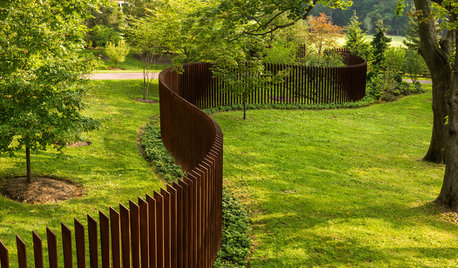
FENCES AND GATES12 Delightfully Different Garden Walls and Fences
If pickets seem picked over and you shrink from chain link, try these full-of-personality fencing alternatives
Full Story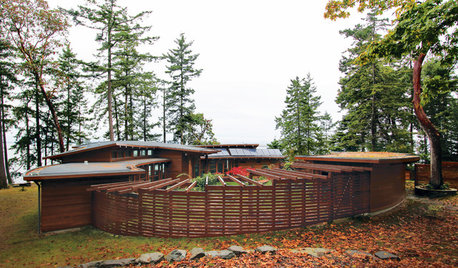
FENCES AND GATESA Deer Fence Can Be Decorative as Well as Protective
You need a monster-size fence to shelter your garden from deer, but it doesn’t have to look like a monstrosity
Full Story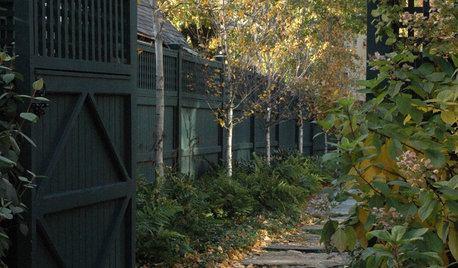
GARDENING AND LANDSCAPING12 Great Fences and Gates
Add Texture and Structure to your Garden With Fences with Flair
Full StoryMore Discussions









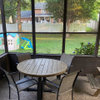

aidan_m